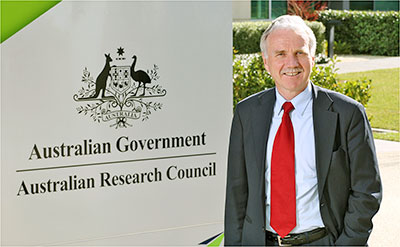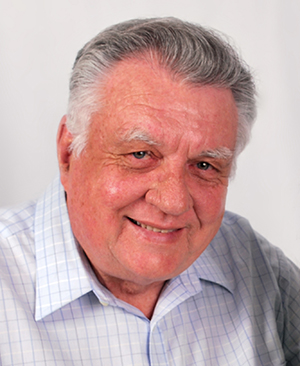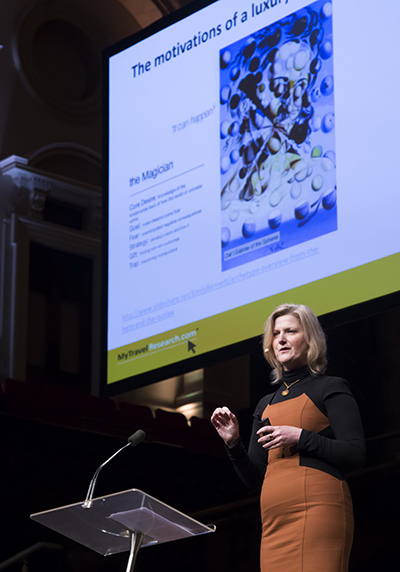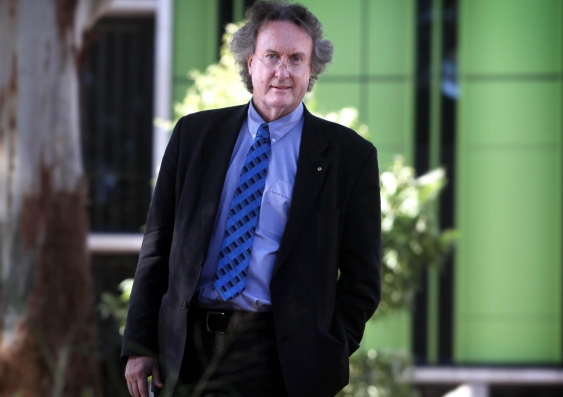Griffith Uni leads whistleblower research ‘vital for Australian business’
LEADERS of the world’s largest current research project into whistleblowing – conducted through three of Australia’s leading universities and based at Griffith University – have called for comprehensive, evidence-based law reform to maximise the benefits of whistleblowing for corporate governance and public integrity.
Yet researchers agree that the biggest challenge is not the framing of the legislation itself but the vital and difficult change of mindset required by some policymakers, organisations and the media. 
The Australian Research Council project Whistling While They Work 2: Improving managerial responses to whistleblowing in public and private sector organisations, is facing up to a wall of resistance and apathy from business.
Project leader Professor A. J.Brown said there was broad consensus that new laws and standards were needed to support whistleblowing, but as yet little guidance on what form they should take.
“As a result, given the negativity that dominates much current debate over how to respond to problems of corporate culture, regulatory capacity and whistleblower mistreatment, we risk missing some of the greatest opportunities for solving these issues,” Prof. Brown said.
“Perhaps the single greatest opportunity is the high proportion of Australian companies who already know their own people can be the best and fastest way to find out about significant problems of wrongdoing or culture – but who, like all organisations worldwide, lack clear guidance on the tools and systems needed to properly encourage and protect whistleblowing in practice.
“The same is true of regulators – it is too easy to criticise corporate leaders, attack regulators and paint a picture of whistleblowers as overwhelmingly ignored and mistreated, when we know that in both government and business, there are positive efforts and lessons, not just negative ones.
“Given the extent of consensus on the need for new legal and governance standards, it’s time to turn our attention to what those standards need to contain, to best support internal, regulatory and public whistleblowing – rather than defeat ourselves by assuming that organisations and regulators can never get it right, or that all whistleblowers are destined to suffer, no matter what.”
The Whistling While They Work 2research project is focused on identifying current and potential best practice in organisational management of whistleblowing, based on comprehensive evidence drawn from the widest possible spectrum of Australian and New Zealand organisations.
The Australian-led project stands is the largest in the world to date, and is the first to attempt systematic comparison of organisational experience in maximising whistleblowing, in a consistent way across the public and private sectors, and between countries.
Led by researchers from Griffith University,Australian National University,University of Sydney and Victoria University of Wellington, the project is supported by 22 regulatory and professional organisations including the Australian Securities and Investments Commission (ASIC),
CPA Australia,Governance Institute of Australia,Australian Institute of Company Directorsand Transparency International Australia,along with the Commonwealth Ombudsman and leading public integrity agencies in all states, including all state Ombudsmen.
In April and May, everyAustralian public sector agency and all of Australia’s 31,000 public unlisted and large proprietary companies have been formally approached by these partners and encouraged to participate in the project.
An equivalently broad approach to public and private sector organisations is also underway in New Zealand, where partners include the New Zealand State Services Commission and Ombudsman.
“This is the first time in history that integrity and regulatory authorities are known to have combined to approach every organisation in one country – let alone two – to get behind improved processes for effective disclosure and action against risks of public interest organisational wrongdoing, on such a comprehensive scale,” Prof. Brown said.
There have been two phases to the research – a threshold Survey of Organisational Processes and Procedures, which takes about 30 minutes to complete and is open to all organisations, until June 30; and a more comprehensive survey of staff, managers and systems in those organisations that elect to participate in depth, called Integrity@WERQ, setbetween August and November this year.
Individual responses from organisations are confidential to the university researchers, and participant responses in Integrity@WERQ are anonymous.
“However, aggregated results at jurisdictional, sectoral and organisational levels will provide unprecedented evidence of what is currently working, and why, or why not, in the encouragement and management of whistleblowing within organisations,” Prof Brown said.
“This is the evidence that organisations need to help them get it right, and law reformers need to know what standards should be set in new or reformed legislation, or elsewhere, including clearer and better resourced roles for independent regulators.
“For example, the research team has already resolved to place the results behind a proposal to write the replacement to the Australian Standard on Whistleblower Protection Programs (AS 8004), which was published in 2003 but is currently withdrawn.”
The determination behind the initiative was borne out by the attendees at the project’s launch, which included whistleblower Brian Hood, the former company secretary of Note Printing Australia; ASIC regional commissioner and head of the Office of the Whistleblower Warren Day; acting New South Wales Ombudsman John McMillan; and Governance Institute of Australia’s Judith Fox.
www.whistlingwhiletheywork.edu.au
ends

 How to resolve AdBlock issue?
How to resolve AdBlock issue? 





